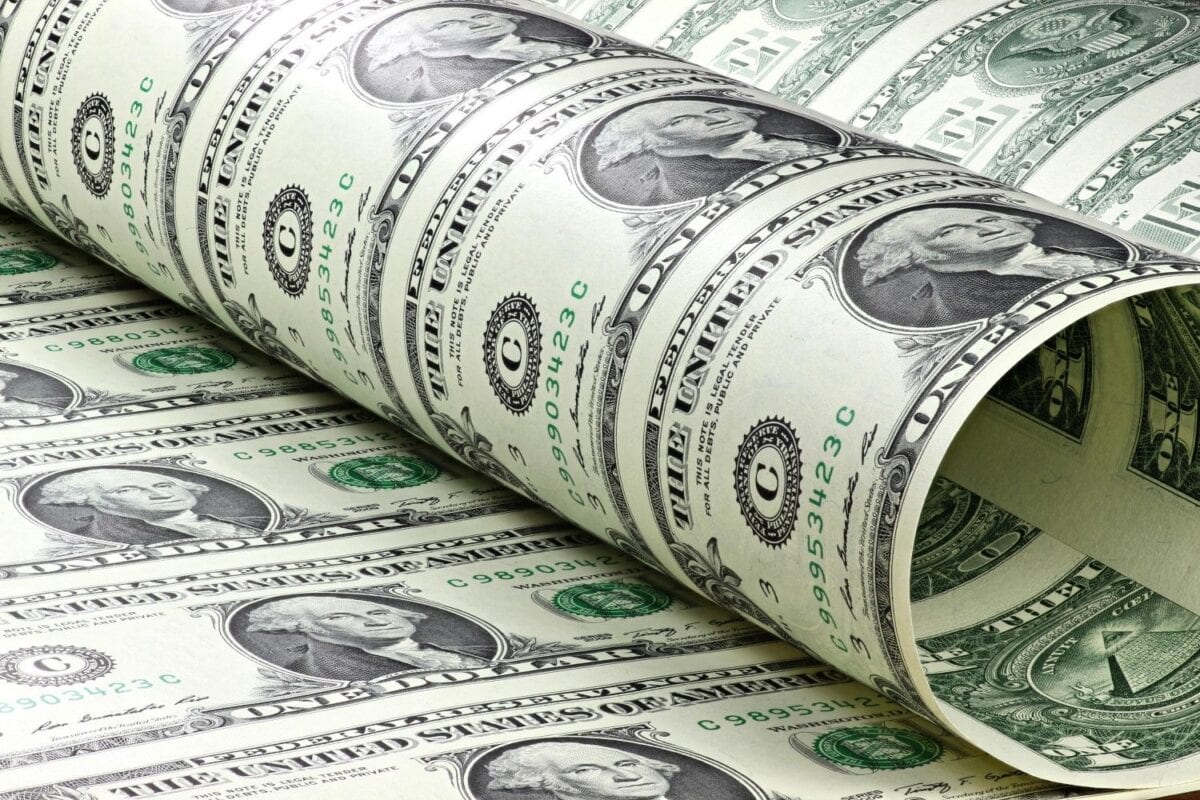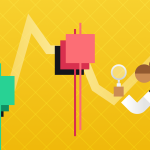Hyperinflation refers to rapid and uncontrolled price increases in an economy over time, typically exceeding 50% per month.
In conjunction with a central bank printing excessive amounts of money, hyperinflation can occur in times of war and economic turmoil in the underlying manufacturing economy. Hyperinflation can cause prices to rise as essential goods such as food and fuel become scarce. While hyperinflations are typically rare, once they start they can get out of control.
What is Hyperinflation?
Hyperinflation is a term that describes rapid, excessive, and out-of-control general price increases in an economy. Inflation is a measure of the rate at which prices rise for goods and services, while hyperinflation is inflation that rises rapidly, typically more than 50% per month.
Although hyperinflation is a rare event for advanced economies, it has occurred many times throughout history in countries such as China, Germany, Russia, Hungary and Argentina.
Understanding Hyperinflation
Hyperinflation occurs when prices increase more than 50% per month over a period of time. Hyperinflation causes consumers and businesses to need more money to buy products due to higher prices.
Normal inflation is measured in monthly price increases, while hyperinflation is measured in exponential daily increases that can approach 5% to 10% per day. Hyperinflation occurs when the inflation rate exceeds 50% for a month.
If wages cannot keep up with inflation in an economy, the standard of living falls as people cannot meet their basic needs and living expenses.
Hyperinflation can have a number of consequences for an economy. People may hoard goods, including perishable items such as food, due to rising prices, resulting in food supply shortages. When prices rise excessively, cash or savings deposited in banks lose value or become worthless because the purchasing power of money is much lower. The financial situation of consumers deteriorates and can lead to bankruptcy.
Also, people may not invest their money in financial institutions, leading banks and lenders to keep them out of work. If consumers and businesses fail to pay, tax revenues may also fall, causing governments to be unable to provide essential services.
Why Does Hyperinflation Occur?
Although hyperinflation can be triggered by a variety of reasons, below are a few of the most common causes of hyperinflation.
Excessive Money Supply
Hyperinflation occurred during periods of severe economic turmoil and depression. A depression is a long period of a shrinking economy, meaning the growth rate is negative. A recession is a period of negative growth that typically lasts for more than two quarters or six months. A depression, on the other hand, can last for years, but it also exhibits extremely high unemployment, corporate and personal bankruptcies, lower productive output, and less credit or available credit. The response to a depression is usually an increase in the money supply by the central bank. The extra money is designed to encourage banks to lend to consumers and businesses to create spending and investment.
However, if the increase in the money supply is not supported by economic growth as measured by gross domestic product (GDP), the result can lead to hyperinflation. If GDP, a measure of the production of goods and services in an economy, does not grow, businesses will raise prices to increase their profits and stay afloat. Because consumers have more money, they pay higher prices, which leads to inflation. As the economy gets worse, companies charge more, consumers pay more, and the central bank prints more money, leading to a vicious cycle of hyperinflation.
Loss of Confidence in the Economy or Monetary System
In times of war, hyperinflation often occurs when there is a loss of confidence in a country’s currency and the subsequent ability of the central bank to maintain the value of its currency. Firms selling goods at home and abroad demand a risk premium to accept currencies by raising their prices. The result could lead to exponential price increases or hyperinflation.
If a government is not managed properly, citizens can also lose confidence in the value of their country’s currency. When money is perceived to have little or no value, people begin to hoard goods and goods that have value. As prices begin to rise, essential goods like food and fuel become scarce, sending prices in an upward spiral. In turn, the government has to print even more money to stabilize prices and provide liquidity, making the problem worse.
Often, a lack of confidence is reflected in investment outflows leaving the country in times of economic turmoil and war. When these exits occur, the country’s currency depreciates as investors sell their own country’s investments in exchange for another country’s investments. The central bank will often impose capital controls that prohibit the movement of money out of the country.
Example of Hyperinflation
One of the more devastating and prolonged episodes of hyperinflation occurred in the former Yugoslavia in the 1990s. The country, on the verge of national disintegration, was already experiencing inflation at rates exceeding 76% per year. In 1991, it was revealed that the then leader of the Serbian province, Slobodan Milosevic, had plundered the national treasury by getting the Serbian central bank to extend a $1.4 billion loan to his supporters.
The theft forced the government’s central bank to print excessive amounts of money to meet its financial obligations. Hyperinflation quickly swept through the economy, wiping out what was left of the country’s wealth and forcing its people to barter. The inflation rate nearly doubled every day until it reached an astonishing 313 million percent per month. The central bank had to print more money to keep the government afloat as the economy tumbled downwards.
The government quickly took control of production and wages, which led to food shortages. Revenues fell more than 50% and production came to a standstill. Eventually, the government replaced the currency with the Deutsche Mark, which helped stabilize the economy.





